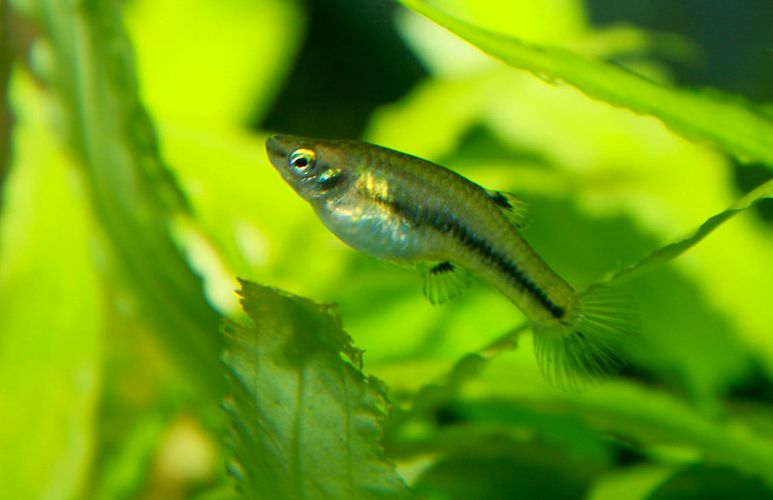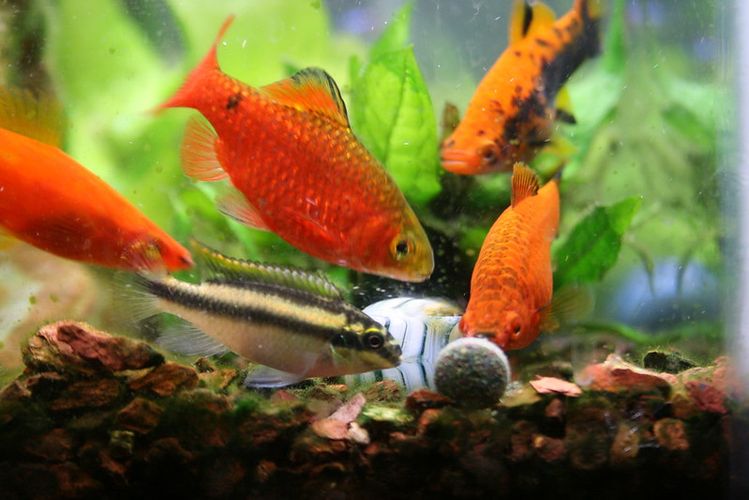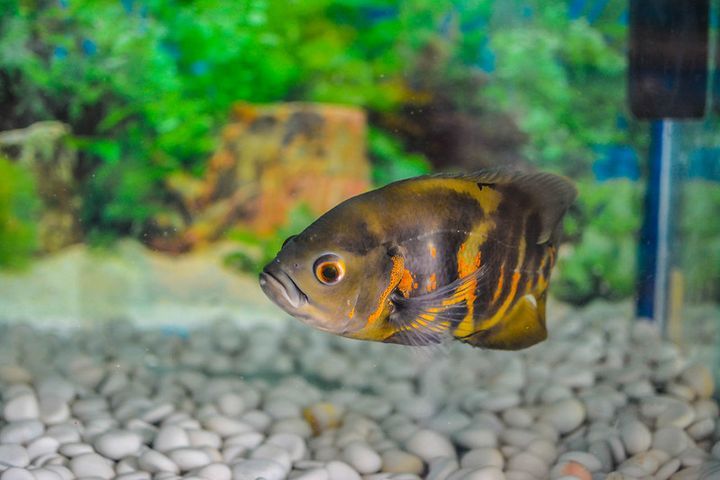Many aquarium keepers don’t know what KH is. But, chances are, if you’re having issues with your pH, you’re familiar with it.
Has your pH been fluctuating, or even crashing? Are your fish getting sick?
Then, you’ll want to know how to raise KH.
What Is KH VS GH?
GH refers to the general hardness of the water. It measures the amount of magnesium and calcium ions in the water. It tells you how ‘hard’ or ‘soft’ your water is.
KH refers to the carbonate hardness of the water. Carbonate hardness acts as a kind of buffer. It neutralizes the acids in your water, like nitrites and nitrates, so you don’t have problems with your pH.
If you don’t have enough KH, it can cause the pH in your water to fluctuate. Higher levels of KH keep the pH in your water stable.
How Much KH Does Your Aquarium Need?
The amount of KH you need in your tank depends on the type of fish you’re keeping. It also depends on how many plants you have in your aquarium.
Fishkeeping Wisdom has created a wonderful chart that tells you exactly what your KH and pH should look like in your tank. We’ve included that chart here:
Type of Freshwater Aquarium | Ideal KH Range | Recommended pH Range |
Tropical Fish Tank | 4-8 dKH | 6.8-7.6 |
Coldwater Fish Tank | 5-9 dKH | 6.8-7.8 |
Heavily Planted Tank | 6-12 dKH (for 95% of aquarium plant species) | 6.5-7.5 |
Cherry Shrimp Tank | 2-4 dKH | 6.5-8.0 |
African Cichlid Tank | 10-12 dKH | 7.8-8.5 |
| Discus Fish Tank | 1-2 dKH (especially in breeding tanks) | 6.0-7.0 |
How To Measure KH

Luckily, it’s easy to measure KH levels in your aquarium, you just need to buy a KH test kit. These test kits make it super easy to tell if you need to raise the KH levels in your kit, just follow the directions.
In a freshwater aquarium, you should measure the KH levels once a month if they’re above 4.5 dKH. You should measure them once a week if they’re lower than 4.5 dKH. You should continue to measure the dKH levels until you’re able to raise them to more stable levels.
What Causes KH To Drop?
KH levels naturally fluctuate as the carbonates and bicarbonates neutralize nitrites and nitrates.
But, major fluctuations mainly occur if you aren’t performing water changes enough. The natural acids in the water build up too much, depleting KH levels. You can replenish KH levels by performing water changes.
Likewise, KH levels can drop if your tank is overstocked. The fish will produce more waste than the KH is able to keep up with.
Lastly, too much CO2 in the water can cause KH levels to drop. When it dissolves, CO2 becomes carbonic acid. The KH will need to neutralize this acid, but it can’t keep up if there is too much.
Once the KH levels drop too low, your tanks are going to experience a pH crash. An unstable pH is dangerous for your fish and can make them sick.
How To Raise KH

To raise KH, you must increase the concentration of dissolved carbonates and bicarbonates in your water.
Keeping your KH levels high will keep the pH stable. This leaves you with healthier, happier fish.
Alkalinity Buffers
One of the fastest ways to raise KH is to buy an alkalinity buffer. Alkalinity buffers raise the pH first, and then it raises the KH. These aren’t permanent fixes though, and you’ll likely have to add more of the buffer with each water change.
Water Changes With High Alkalinity Tap Water
Another option is to test your tap water. If your tap water has a higher KH than the water you use in your tank, you can perform water changes with the tap water.
Add Potassium Bicarbonate
If you have live plants in your aquarium, then you can add potassium bicarbonate. Potassium bicarbonate acts as a fertilizer for your plants, and it raises the KH of your water.
Use Aragonite, Dolomite, Or Limestone
A longer-lasting fix is to use aragonite, dolomite, or limestone in your aquarium. These rocks contain carbonates and bicarbonates. They will naturally raise the KH in your tank.
Just keep in mind that these rocks will also raise GH as well. So, be careful which fish you use these rocks with.
Use Crushed Coral
The acids in freshwater aquariums will slowly dissolve crushed coral. As it dissolves, the coral gives off calcium and carbonate ions. This slowly raises the KH and GH levels in your water.
Generally, you won’t want to use this as your substrate. Instead, you can put a small amount inside a mesh bag that you’ll place inside your aquarium.
Conclusion
If you’re having trouble with pH fluctuations, you’ll want to raise your KH. You can try using tap water that contains more carbonates, or you can use an alkalinity buffer. You can also try out a substrate that will slowly raise your KH for a longer period of time.

